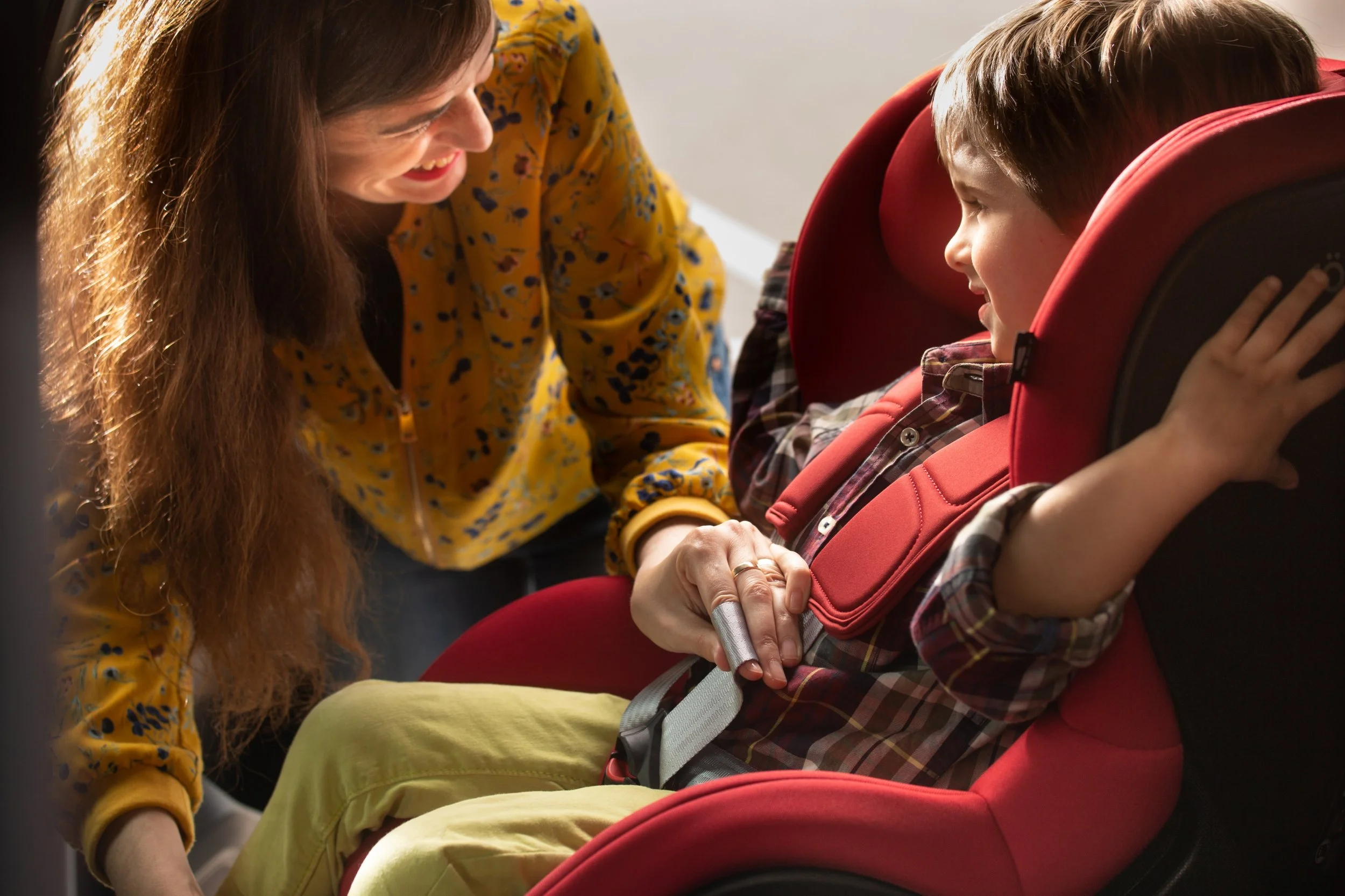Top 5 Motoring Myths Revealed by SEAT
Have you ever thought to yourself or discussed motoring myths that you’re not sure of with friends? Maybe there are things you do with supreme confidence while driving, purely out of habit and a belief that this is the way the law intended. Having asked 2,000 motorists, Spanish brand SEAT has compiled a list to dispel some of the rumours, untruths and misconceptions you may have previously had whilst using the road.
1. You are not allowed to drive barefoot – 52%
Driving barefoot, whilst extremely uncomfortable, is not illegal. However, it is not encouraged, and for good reason as driving barefoot does not give the same braking response as driving in a sturdier show. If you’ve been at the beach or pool, wet feet may jeopardise the driver’s control of the vehicle. Therefore, it is the responsibility of the drivers to ensure that they are in full control of the vehicle and to do this, suitable footwear is always recommended.
2. You are not allowed to drive in flip-flops or Wellington boots – 49%
It is hard enough to walk in flip-flops or Wellingtons, let alone drive in them. Whilst not illegal, again, it is the responsibility of the driver to ensure that they’re always in full control of the vehicle. Just wear normal shoes people!
3. The only time you can enter an active bus lane is to let an emergency vehicle pass – 47%
Moving into a bus lane to allow an emergency vehicle to pass may seem helpful, but drivers can still receive a fine for doing so. It is, in fact, better to stay put as there’s a good chance that the emergency vehicle will use the bus lane to avoid traffic itself. If you do find yourself in a bus lane, always try to exit as soon as possible, if it is safe to do so.
4. Children under the age of 12 must sit in the backseat – 38%
This is also untrue but despite the law allowing it, it is strongly recommended that children always sit in the back seat of a car in the appropriate child restraint. A child under the age of 12 may sit in the front, only if the passenger airbag is deactivated. Child seats are also needed for those under 12 or under 1.35m in height.
5. It is illegal to drive at night with the interior light on – 37%
Contrary to popular belief, there is no law that prohibits you from driving at night with the interior light on. However, I must ask: why would you want to? It seriously reduces visibility. Also, if a driver is pulled over while interior lights are on, authorities may determine that it has impaired the driver’s vision and therefore, they may be charged with careless driving.
On a similar theme, SEAT asked drivers when they last read the Highway Code and discovered that over half (51%) had either failed to read it in the last five years or even at all.
The Hierarchy of Road Users was added to the Highway Code in January 2022, as nearly half (48%) of UK drivers had no idea what it even was.
This may contribute to recent data from the Department for Transport. It showed that a large number of injuries and fatalities still occur on British roads each year, with 35,551 cyclist and pedestrian casualties as well as 514 fatalities being registered in the year ending June 2022.
SEAT and other car companies are trying to negate this problem with a range of safety technology like Lane Assist and onboard radar software including Pedestrian and Bicycle Recognition. We even brought you news recently at Driven, of Skoda’s brand new LED grille technology designed to help pedestrians cross safely.
Have a read of the Highway Code and like the top five list of motoring myths, you may discover information about road etiquette that may be at complete odds with your current understanding.
Words: Mike Booth
Pictures: SEAT


